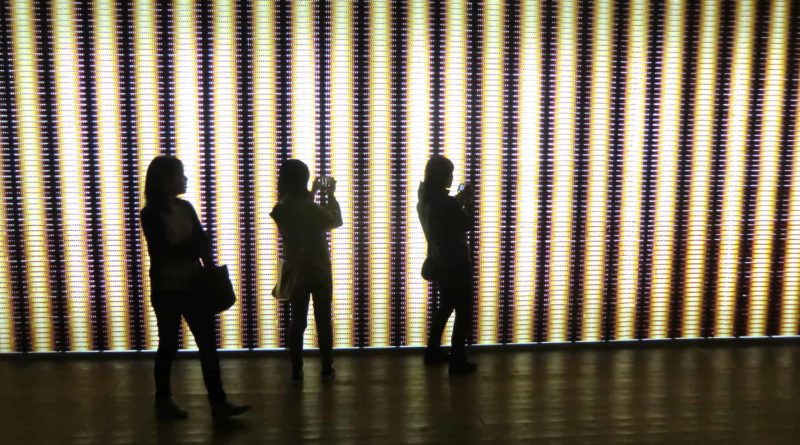Setouchi Triennale 2016
The Setouchi Triennale has become one of Japan’s major art festivals and the first installment of the 2016 event takes place in the east of the Seto Inland Sea this spring. David Billa of SetouchiExplorer.com invites you to come and discover some amazing art in an even more amazing setting.
Every three years, more than a hundred artworks are installed on several islands in the Seto Inland Sea, but the Triennale is about more than just art. It also aims to showcase the beauty of the Inland Sea and its wonderful islands. With many of these islands facing a depopulation crisis, the keyword here is revitalization. Following the example of Japan’s most famous “art island”, Naoshima, art is being used to attract people to the islands and to help reinvigorate them.
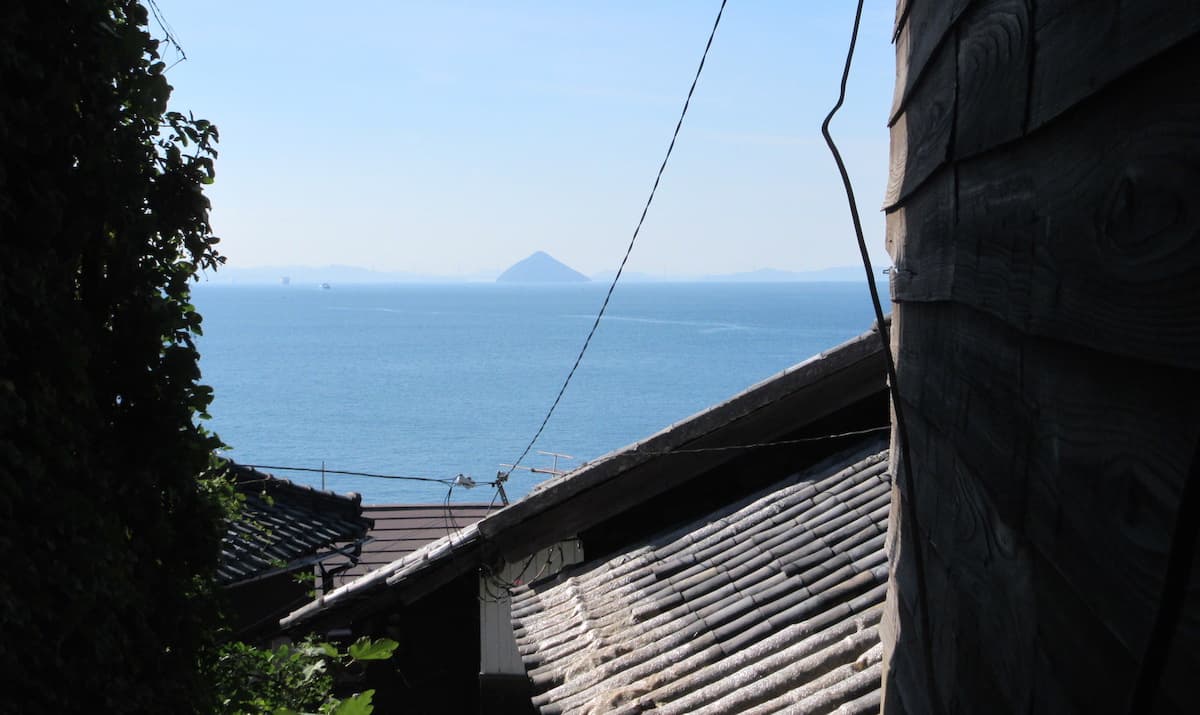
When?
Spring: March 20-April 17
Summer: July 18-September 4
Autumn: October 8-November 6.
Where?
12 islands and 2 ports in Kagawa and Okayama Prefectures.
The two ports are Uno (Tamano city) and Takamatsu.
The twelve islands are: Inujima ∙ Megijima ∙ Naoshima ∙ Ogijima ∙ Oshima ∙ Shodoshima ∙ Teshima ∙ Shamijima (Spring only) ∙ Awashima (Fall only) ∙ Honjima (Fall only) ∙ Ibukijima (Fall only) ∙ Takamijima (Fall only)
What to do and see?
I often say, you may come for the art, but it’s the islands and the people you meet that you’ll love. The art itself is quite accessible so you don’t have to be a contemporary buff to appreciate it. Above all, however, the Triennale is an excellent window on Japanese rural life. The islands each have their own unique and fascinating culture, a gentler pace of life and some of the nicest people you’ll meet. All this against one of the most beautiful and underrated backdrops in Japan.
Sounds great, but I care about the art too. What can I expect?
I haven’t seen the, as yet to be unveiled, new art pieces yet, but here’s what to expect based on past and permanent artworks from previous years, island by island.
Ogijima

Ogijima is simply my favorite island in the area, and one of my favorite spots in Japan. The village is one of Japan’s cutest and its people are some of the nicest. The art here is great, and much of it has a strong connection to the island and its culture. Ogijima is also probably the greatest revitalization success of the Triennale. Since 2010, the population of the island has actually increased (unthinkable only a decade ago), and it is slowly becoming a place full of life and activity.
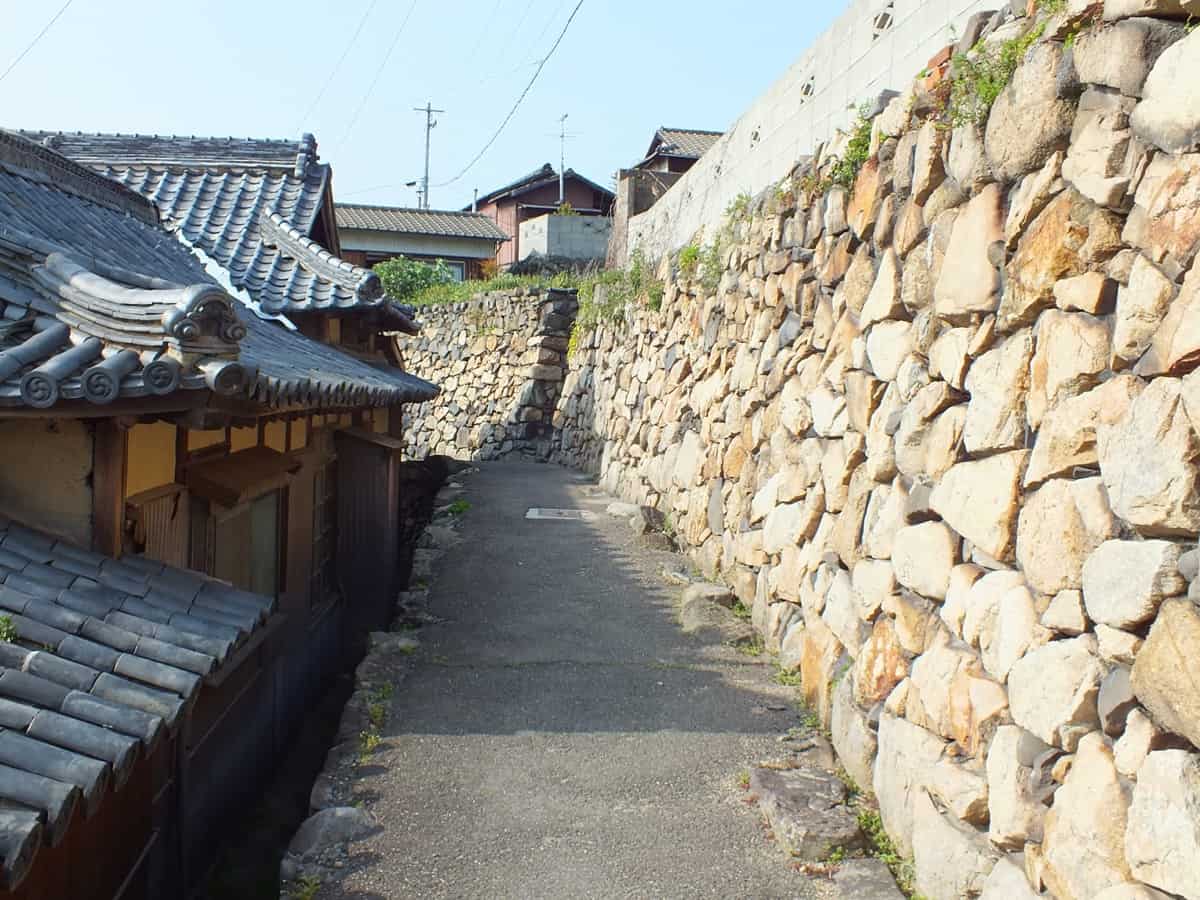
Artwise, the stunning Ogijima’s Soul welcomes you as you set foot on the island. Onba Factory has been one of the cutest and most heartwarming Triennale projects since its beginning. Memory Bottle is both beautiful and a reminder that these islands are places where people live, not just settings for artworks. Akinorium is a very soothing and relaxing space made of sounds generated by bamboo. Also, I can’t wait to see Brazilian artist Oscar Oiwa’s new work, which should be a permanent installation.
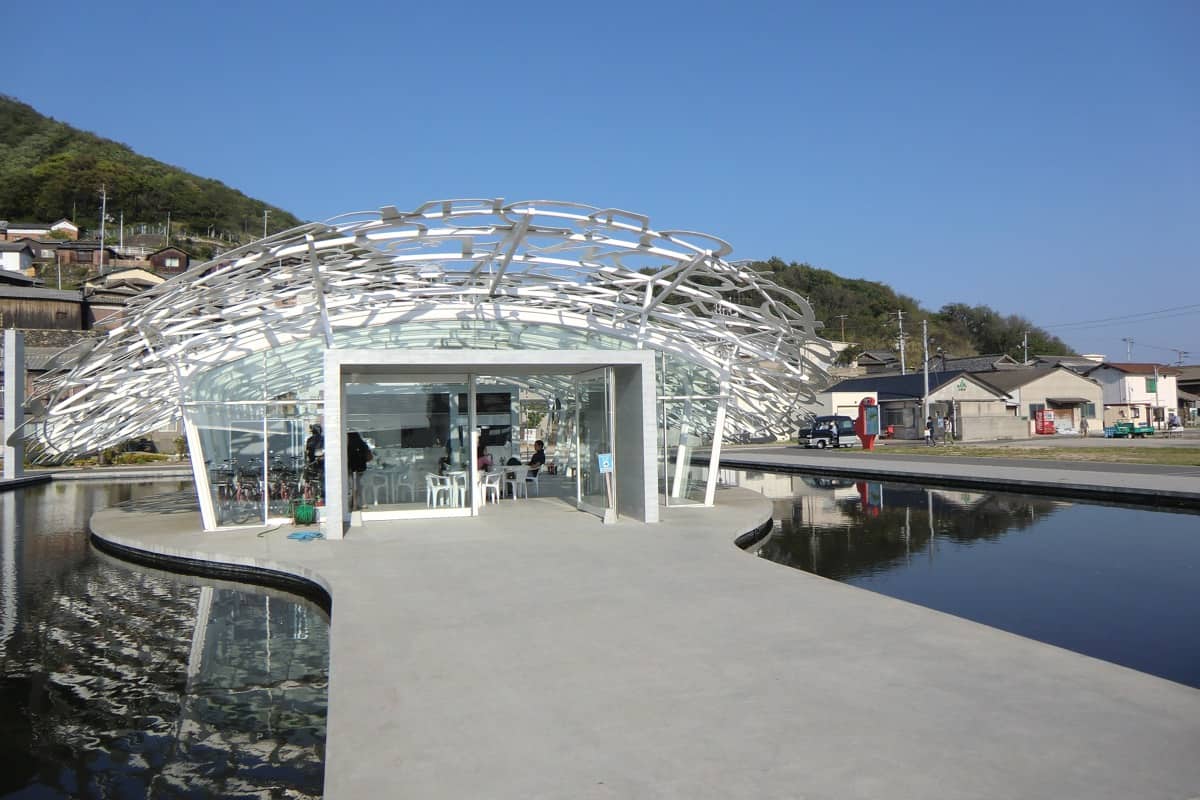

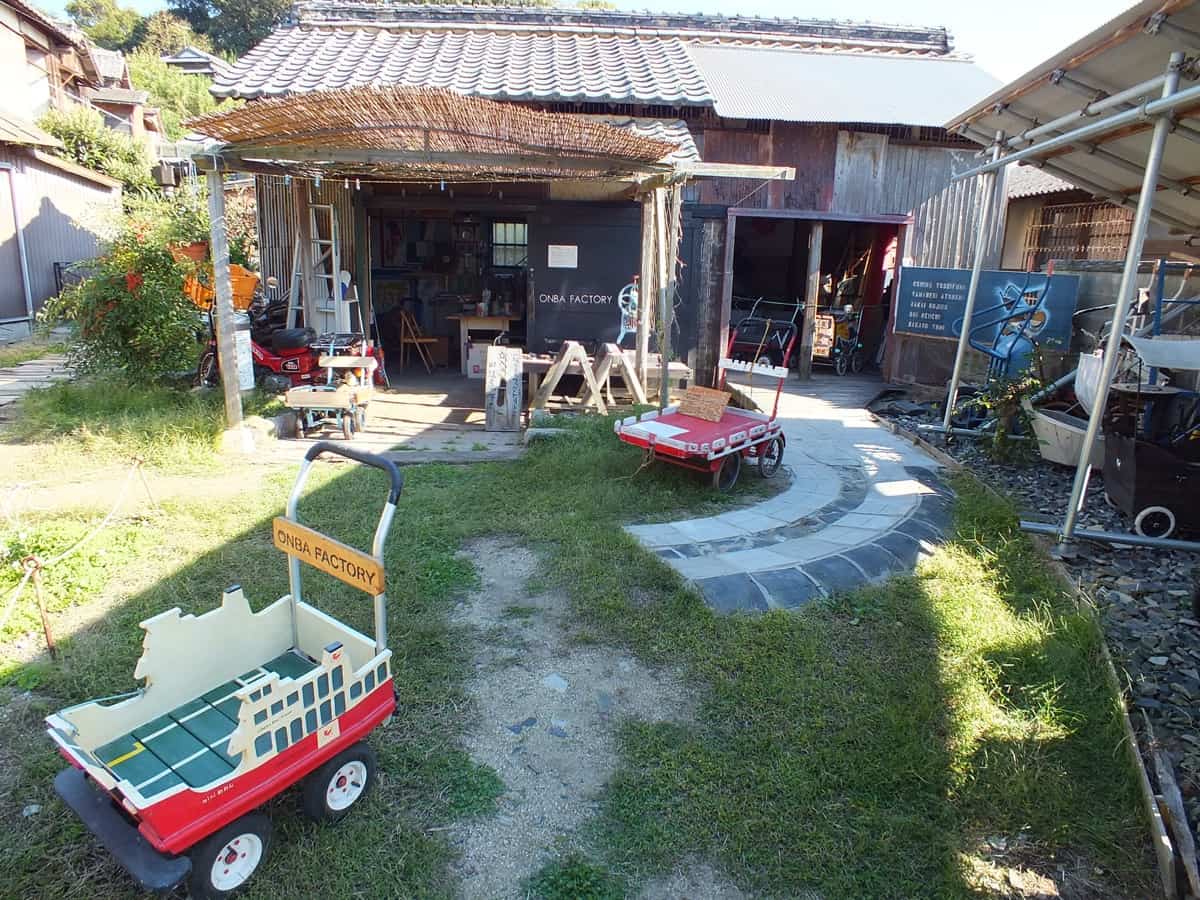
Teshima

I love Teshima for its beautiful landscape and its wonderful and fun-loving people. Add some of the Triennale’s best art, and it is clear that it should be near the top of your list. I consider the Teshima Art Museum to be one of the most amazing buildings in the world and Shinro Ohtake is currently creating a new large scale installation on Teshima. Make sure to visit the tiny village of Ko, on the south side. It’s not easily accessible, but usually houses some great, often moving, pieces that can only be seen during the festival.
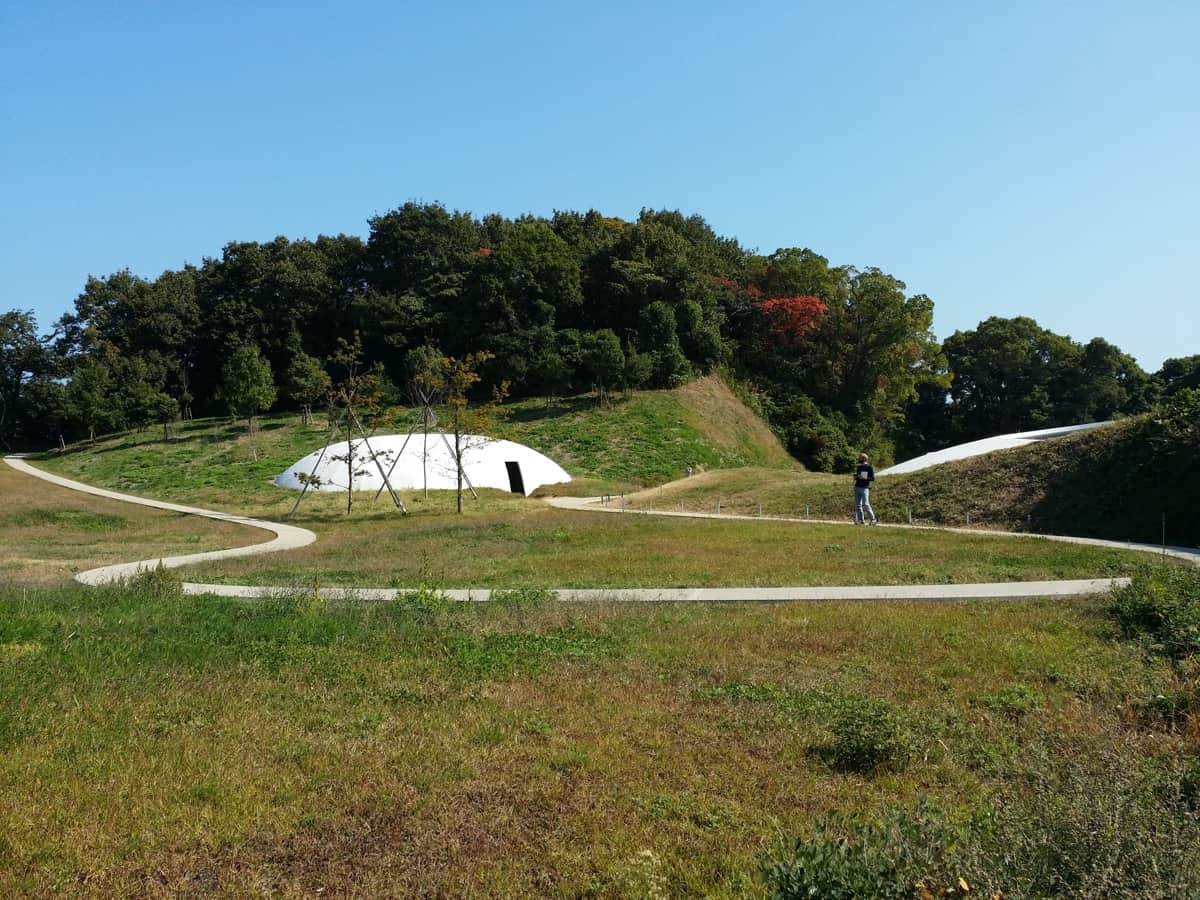
Shōdoshima
The second largest island in the Seto Inland Sea has much to offer. It’s a little world in itself and would require several pages to detail it all. I love the fact that in whichever direction you look, you see either the sea or the mountains, sometimes both. Shōdoshima has a history of involving local communities in its Triennale artworks. The valley of Hitoyama and Nakayama always has some “fan favorites” with its giant bamboo building that changes shape and name every three years, as well as some Straw Art (a form of art that’s becoming popular all over Japan). Also, Takeshi Kitano fans can’t miss his Anger from the Bottom.
Inujima

This small island takes some effort to reach, but it houses the fascinating Seirensho Art Museum by Hiroshi Sambuichi, one of my favorite architects (he’s based in Hiroshima if I’m correct). More a giant installation than a museum, located in an abandoned copper refinery which becomes part of the art itself, it’s a pretty unique experience.
Naoshima
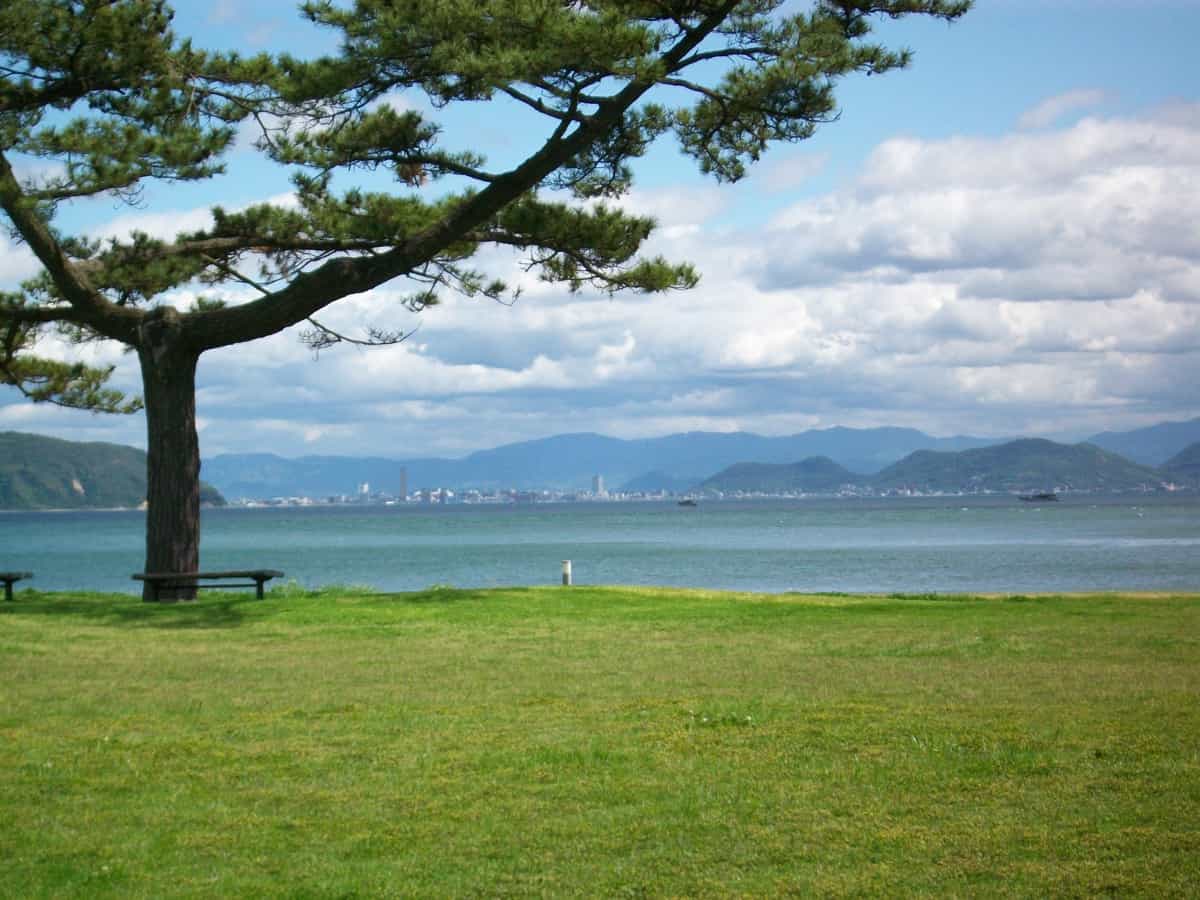
This may come as a surprise, but if you have already visited Naoshima and are short on time, you can skip it as all the art on the island is permanent and can be visited at any time. The only advantage of going during the festival is financial (it’s cheaper to visit with a Triennale “Art Passport”). If you do go, don’t miss the Chichu Museum which is simply mind blowing. On the other hand, I find the Art House Project a bit underwhelming. I’m not a huge fan of the Benesse House Museum either, which is a nice museum but which could be located anywhere, it just happens to be on Naoshima. I do like most of the outdoor art though, and I can’t wait to see the brand new Naoshima Hall by Hiroshi Sambuichi.
Oshima
This island is pretty unique in the whole Seto Inland Sea as it houses a hospital for Hansen’s disease survivors. Visiting the island is important, not for its art but because you can learn teach about an important, but largely unknown, part of Japan’s recent history.
Shamijima
A tiny “former” island (it became attached to Shikoku due to land reclamation when the Great Seto Bridge was built), but especially if you come by car, make sure you make the detour, as it will certainly have some nice, small installations.
Takamatsu Port
In 2013, one of the high points of the festival was Bengal Island where artists and craftsmen from Bangladesh (plus a few Japanese and an American) worked, shared their skills and culture in this temporary village. This year, a similar project (most likely in the summer session) will take place involving people from several Asian countries. I expect it to be just as welcoming and important.
Megijima
I’m not a huge fan of Megijima. Still, Mecon, Equipoise and Presence of Absence are very interesting artworks.
Uno Port

Three years ago it had some pretty interesting photography exhibit and always has some large scale outdoor sculptures.
Let’s talk about money for a minute
All of this is not free. Indoor installations usually have a ¥300 entrance fee and museums cost ¥500-¥2000. This can add up quickly, so I recommend purchasing an Art Passport which is valid for all three seasons and grants one time access to every installation and indoor artwork, as well as serious discounts on the museums. The Art Passport is available for ¥4000 until March 19 and for ¥5000 once the event begins. Passes for individual seasons also usually become available once the event starts.
A 3-day Triennale ferry pass, valid on most ferries, is also available for ¥2200 (a round trip from Takamatsu to Teshima alone will cost about the same). For prices, conditions and more info check out the official website http://setouchi-artfest.jp/en/.
And, with all that being said, I hope I’ll run into you somewhere on a Setouchi island this coming Spring. Enjoy!
Read the latest on the Setouchi Triennale on David Billa’s site SetouchiExplorer or check out the information-packed official Setouchi Triennale website.


